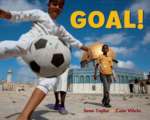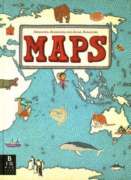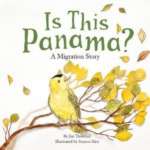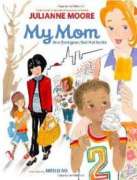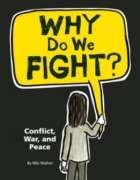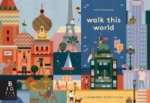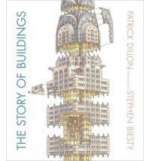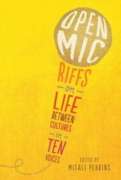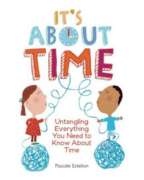
Follow along as friends Jacob and Lily unravel time, starting from its smallest increment — the second — and finishing with the century. The progressive approach uses crafts, activities, and child-friendly anecdotes along with speech balloons, rhymes, and illustrations to make the abstract concept of time very real and very fun. It covers everything from the difference between a.m. and p.m. to how we use clocks and calendars to keep track of mealtimes, bedtimes, birthdays, and seasons to exactly how long it takes to bake a cake. From counting the number of days in a month using our knuckles to catchy tunes that help us remember the days in a week, It’s About Time offers a comprehensive and engaging approach to helping kids learn how to tell time. Sure, we can’t see it or hear it or touch it and we lose track of it easily, but this is a book that shows time doesn’t have to be difficult to understand!

